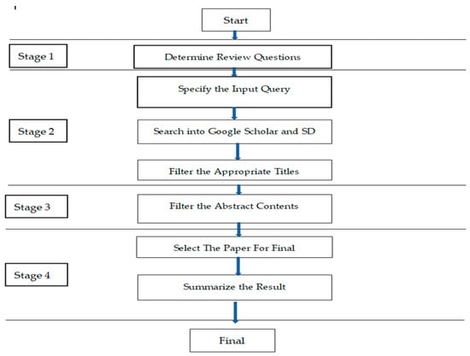- Proceeding Paper
Adopting the Internet of Things and Big Data in Real-Time for Customer Acquisition in a Cloud Environment: An Exploratory Literature Review
- Youssef Charkaoui,
- Dounia Tebr and
- Zeineb El Hammoumi
- + 2 authors
In this age of consumerism, most companies are doing their utmost to convince their customers of their products and to attract new customers. The IT development we see today is a perfect solution for strengthening the relationship between companies and their customers, giving them the opportunity to expand their customer base. The Internet of Things refers to an inter-connected system of smart devices that communicate and exchange data and big data analytics over the internet. As this involves the process of the treating data to unlock hidden information, patterns, and insights, the combination of both tools creates a revolution in customer relations and gives us the opportunity to understand our customers’ needs before they do themselves. This article presents an exploratory literature review of studies analyzing the relationship between IOT and big data in marketing. It provides a deep analysis of various scholars’ works that examine the methodology used by these tools to reinforce customer relations and acquire new ones. This review provides an overview of the most interesting research on this topic and the methods and techniques employed as well as an analysis of the obstacles and challenges involved. The results of this research show that IOT and big data analytics are key factors for an efficient analysis of clients’ needs.
8 December 2025




